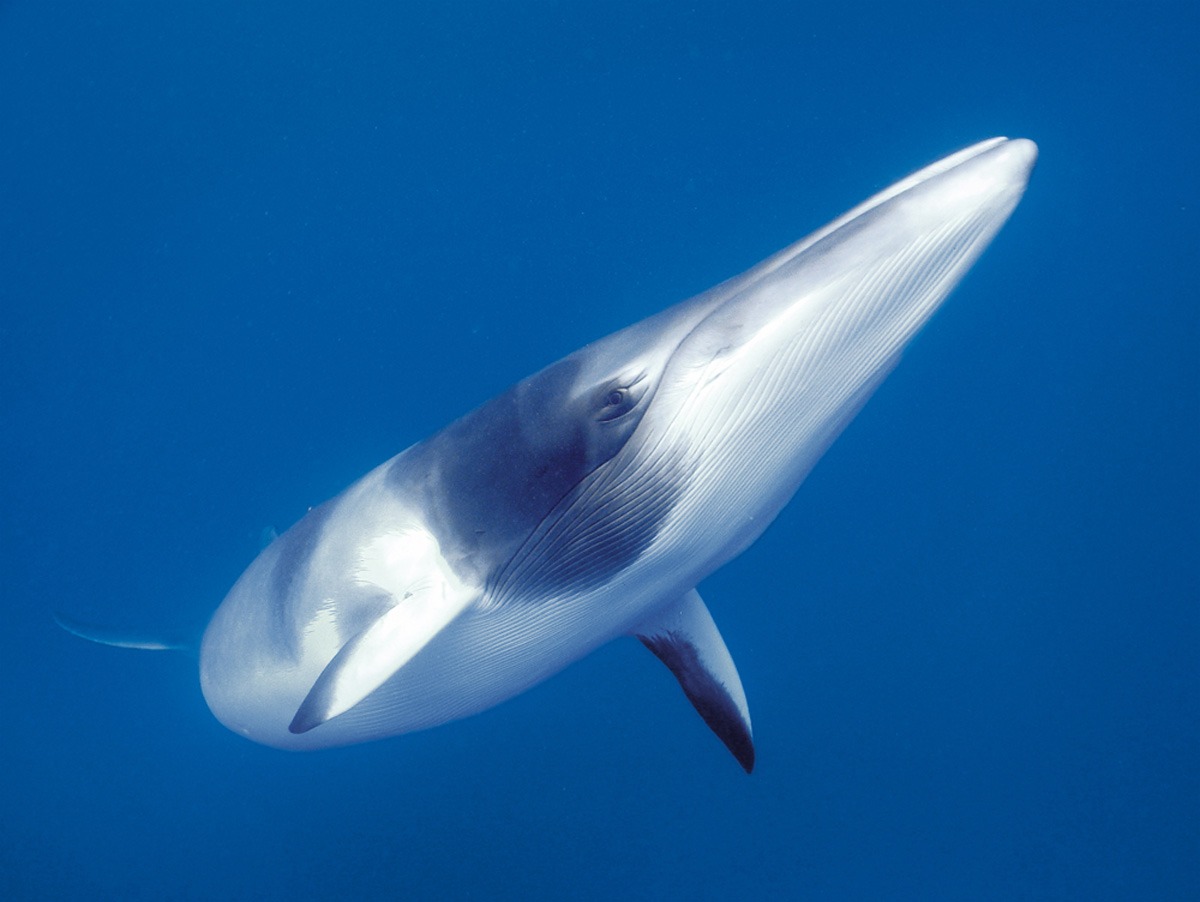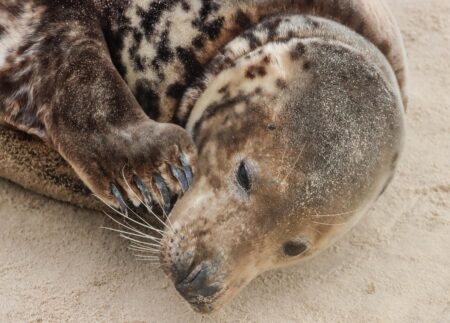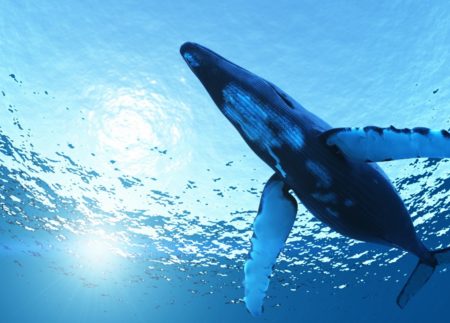KEY QUESTIONS
- 1. Can the hearing abilities of large whales be estimated by monitoring neuron discharges as the brain processes incoming sound (Auditory Evoked Potential)?

SUMMARY
This study was conducted to 1) obtain the first-ever audiogram for a mysticete whale, and 2) to use the data to test the predictions of the models of minke whale hearing provided by Ketten and Mountain (see Links to Other Research below). Small, manageable minke whales were accessible in Iceland where they were being studied by Danish researchers, and where minke whale hunters and capture boats were readily available.
The goal was to capture a whale for Auditory Evoked Potential (AEP) testing. Eighty-one minke whales were observed in 92 hours at sea (11 days), and a capture net was set 4 times with no successful whale catch. Minke whales occasionally live-strand or are taken captive in Japan, Iceland, and elsewhere. In such events, an attempt could be made to obtain an audiogram using AEP methods. Such an audiogram would be useful in validating predictions of mysticete hearing made by anatomical and biophysical models.
Objectives and methods
- Capture minke whales using a purse seine net
- Obtain audiograms from minke whales using Evoked Auditory Potential (AEP, EEG) techniques
- Make acoustic recordings during audiogram acquisition
- Attach acoustic, behavioral, and satellite tags for monitoring after release
Importance
This study was successful in assisting the Programme in developing Health, Environment, and Safety (HES) policies and procedures for research contractors. This was a high-risk, high-payoff project that might have produced important data on the effects of sound on whale hearing if a whale had been successfully captured.
Links to other research
This study was intentionally linked to Programme project:
- Modeling Mysticete (Baleen Whale) Hearing in an effort to groundtruth the minke whale audiograms produced during the modeling study, and
- Assessing the Hearing Capabilities of Mysticete Whales where AEP methods were suggested as a strategy to better assess mysticete hearing.
Institutions/PIs
University of Southern Denmark (Lee Miller)
University of Hawaii (Paul Nachtigall)


